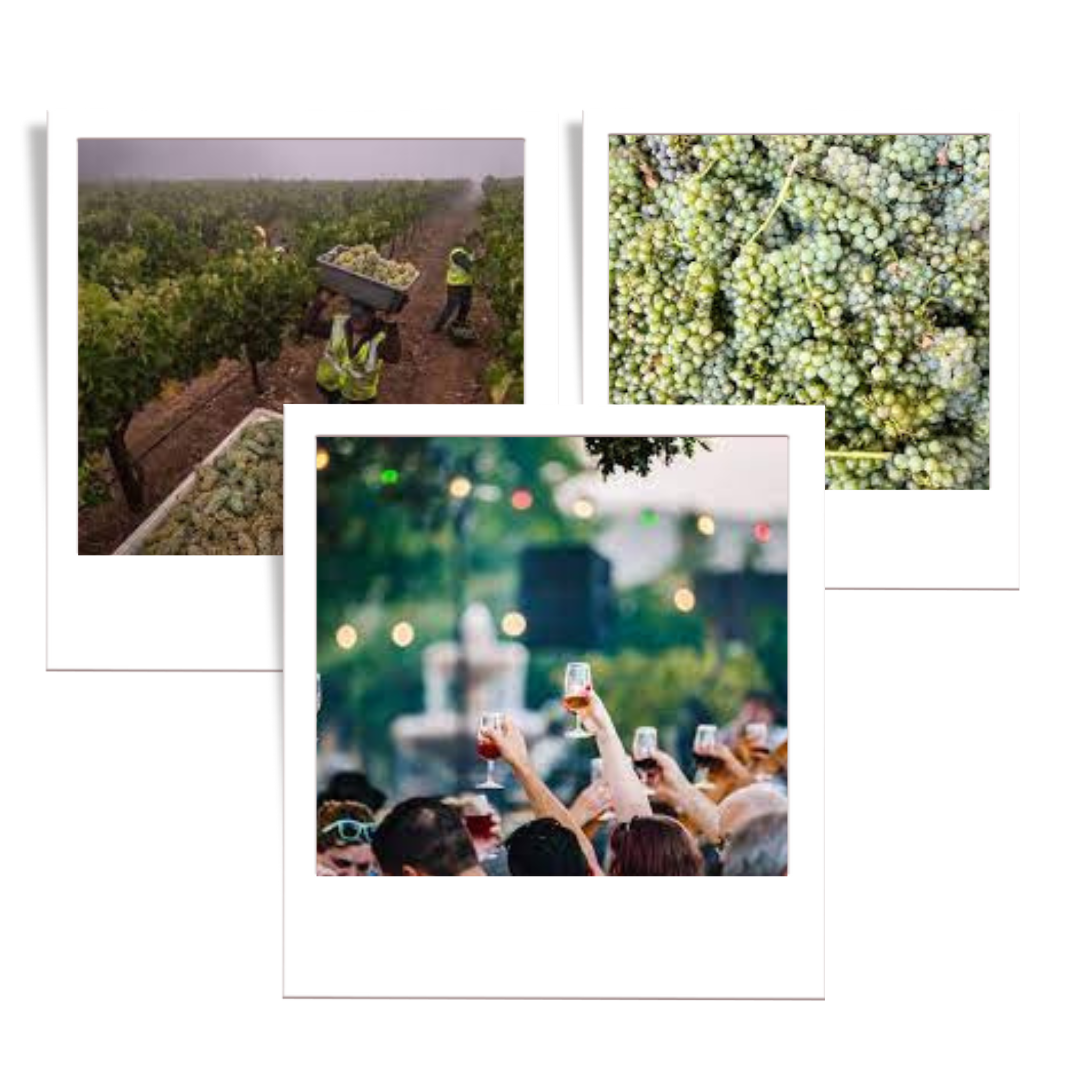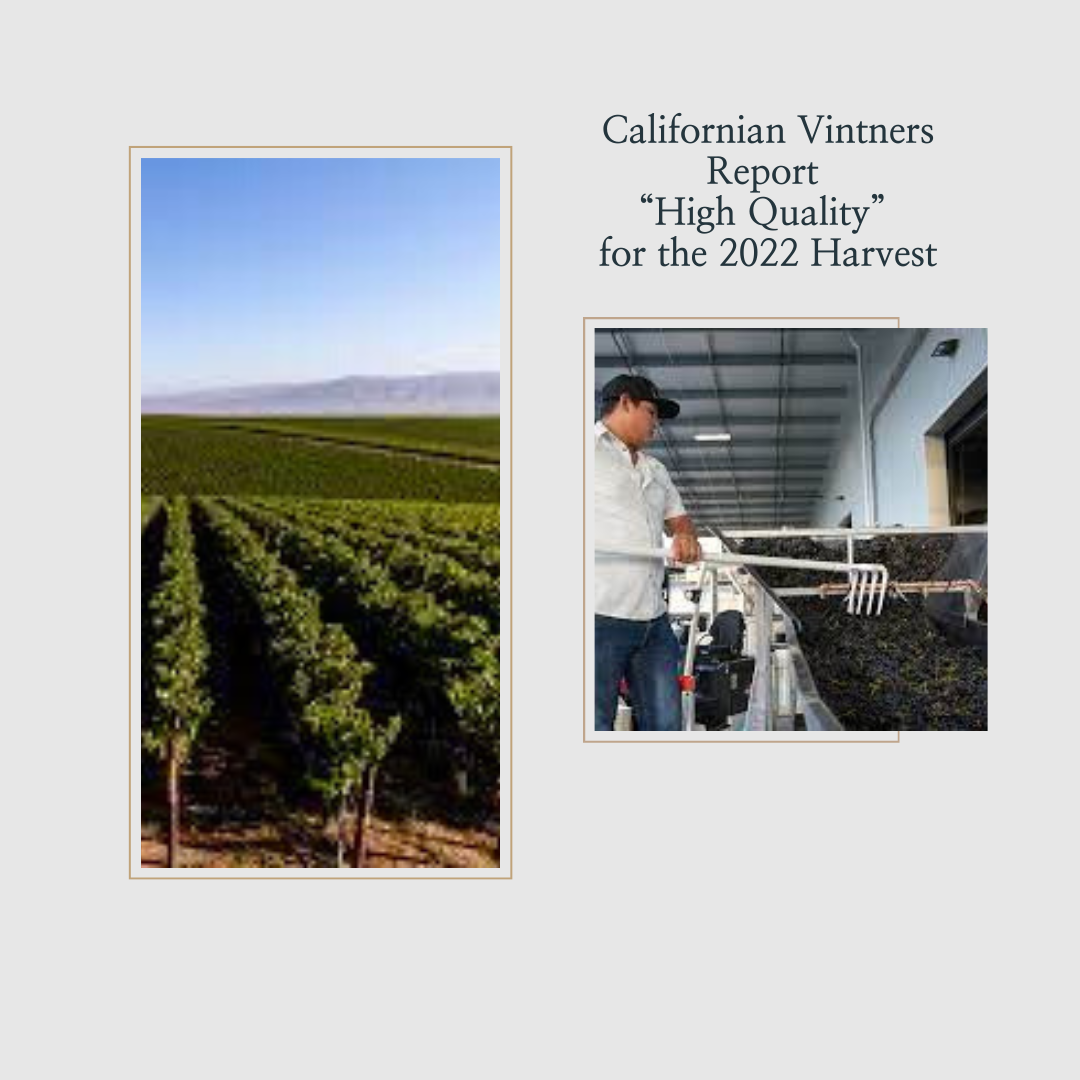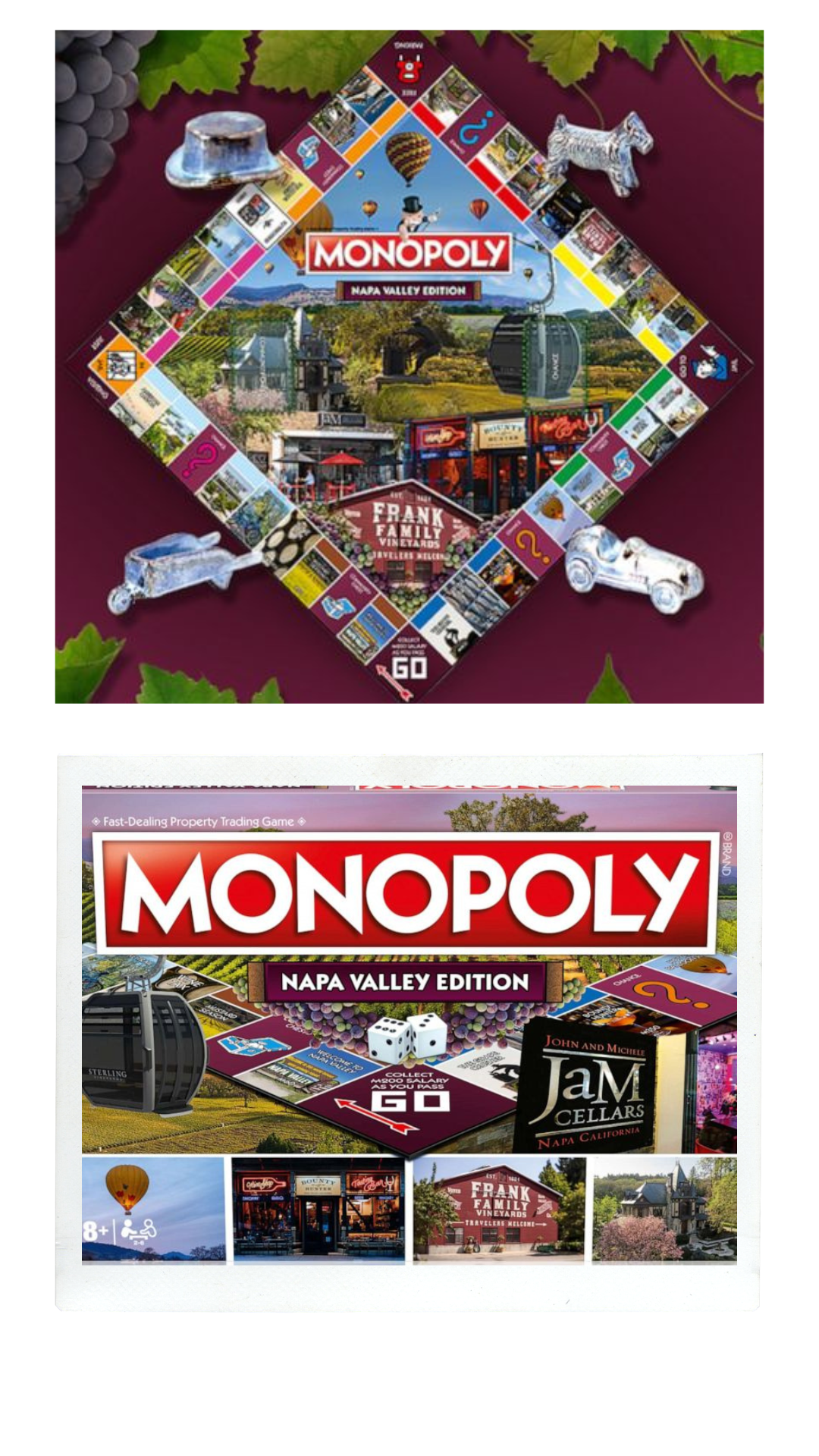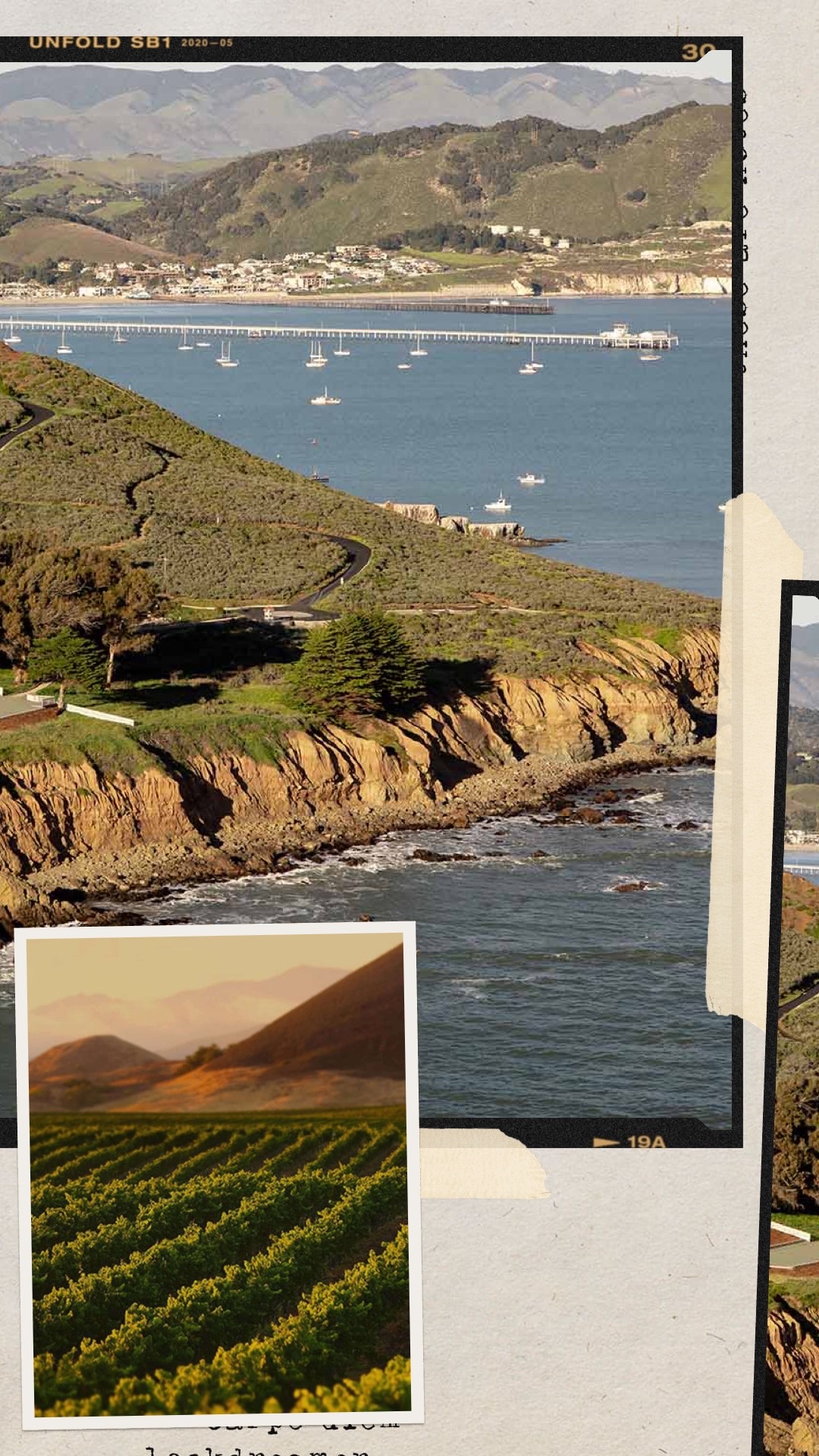2023 is looking to be “one of the greats” according to the latest California Vintners Report.
Harvest began late throughout California, running anywhere from two weeks to a full month behind normal timing. Many varieties reached maturity simultaneously, leading to a compressed harvest. Some vintners expected to continue picking grapes into late November.
Did you know that California produces about 80% of the nation’s wine, making it the world’s fourth-largest wine producing region? More than 80% of California wine is made in a Certified Sustainable California Winery and over half of the state’s roughly 615,000 vineyard acres are certified to one of California’s sustainability programs (Certified California Sustainable Winegrowing, Fish Friendly Farming, LODI RULES, Napa Green and SIP Certified).
Winemaker and Winery Owner Comments on California’s Growing Season and Harvest
“The winter was unusually cold and wet, and we even got a rare 10 inches of snow,” said Christian Ahlmann, vice president at Six Sigma Ranch in Lower Lake, Lake County. “The soil moisture was restored while the vines were dormant, and they loved every minute of it when they woke up in spring.”
Despite the later start to harvest, Ahlmann said he was confident that the grapes would reach full maturity before the start of the rainy season. Best of all, he added, quality looks excellent — especially for Tempranillo and Syrah. “We feel great about vintage 2023,” he said.
For Renée Ary, vice president of winemaking at Duckhorn Vineyards, patience was key this year with grapes from Napa and Sonoma. “This is one of the coolest and latest vintages I’ve seen in the last two decades,” she said. “The rain was much needed and helped replenish the reservoirs and nourish the vines.”
The precipitation also brought extra canopy growth and led to 5% to 15% higher yields for most varieties. “The viticulture teams were diligent in thinning and doing crop adjustments where necessary,” she said. “This was key to achieving a balanced crop and promoting ripening in a very late year.”
This year’s Sauvignon Blanc shows bright and clean character, Ary noted, and Merlot is displaying early flavor development, balanced sugars and bright acids. Hearty tannins and complex flavors are hallmarks of this year’s Cabernet Sauvignon. “Our 2023 reds reflect the cooler vintage,” she said. “The wines are elegant and pure, with balanced alcohols and precise flavors.”
Alpha Omega in St. Helena experienced a similarly wet winter and spring, with cool to moderate temperatures.
“We did drop some fruit and got a bit more aggressive with leafing to expose the fruit to the sun to help counter the cool temperatures and promote ripening and green-character degradation,” said winemaker Matt Brain.
Fruit is showing deep color, complex flavors and aromas and good acidity levels, according to Brain. Yields varied from average-to-heavy in some areas. “I love the complexity of the vintage,” he said. “I think that the sub-AVAs will be quite distinct this year, truly revealing the appellation and soil type.”
At Benziger Family Winery in Glen Ellen, Sonoma County, grapes also matured at a slow and steady pace.
“You could almost hear a sigh of relief coming from the soil from the abundant rain this winter,” said Lisa Amaroli, director of winemaking. “The vines grew vigorous canopies, which took some management to tame, but it also set us up for a long growing season. We were able to cut back irrigation by 50% or more and not water some blocks at all.”
Harvest began on Sept. 21, which was the latest start for Benziger since 2011. Amaroli estimated that 60% of the expected volume came in during a condensed two-week window.
Fruit is showing great flavors, Amaroli said, along with concentration and balanced acids at lower sugar levels. “From Sauvignon Blanc to Cabernet Sauvignon and everything in between, all the fruit has been excellent,” she said. “One of the shining stars of the vintage for us is Merlot, which has been fruity, juicy and richly concentrated.”
As for the wines, she said, “We have seen elegance and boldness, but there is something beyond that this year. I’d call it grace.”
Steve Lohr, president and CEO at J. Lohr Vineyards & Wines in San Jose, noted that the growing season was similarly cool, wet and late for all his company’s vineyards, from Napa Valley to Monterey County to Paso Robles. J. Lohr picked its first 2023 grapes on Oct. 2.
“The thing that’s remarkably different this year is the sugars,” he said. “They’re coming up, but they’ve been really slow. And the pH is lower than it has been in previous years across the board. It’s been a nicely balanced year, and the quality has been so high. It has been really wonderful to see. The flavors are just off the charts,” particularly for Pinot Noir and Syrah, as well as Cabernet Sauvignon, Merlot and Cabernet Franc.
While there would normally be some berry shriveling by this time of year, Lohr said, that did not happen thanks to the lack of heat spikes. Yields are 20% to 25% higher than the vineyard team’s initial estimates, and grapes arrived in pristine condition.
“I think the wines are going to be really rich and flavorful with maybe a little higher acid than normal,” he said. “This vintage may be similar to 1997 and 2005, where you have really high quality and higher-than-normal yields.”
In Lodi, the winter rains presented some challenges in the vineyards. The wet weather continued through April, which resulted in increased mildew pressure, large canopies and crowded fruit zones.
“Those who were able to keep their vineyards clean, manage irrigation properly, control crop load and thin away poor fruit are being rewarded with superb fruit quality that is jumping out of the glass,” said Aaron Lange, vice president of vineyard operations at LangeTwins Family Winery and Vineyards in Acampo. “We owe a huge thanks to the vineyard managers, pest control advisors, tractor drivers and labor crews.”
Lodi’s harvest kicked off late and ran long into the fall. Lange continued picking until Nov. 13 — a record for the winery. Despite the delay, Lange was confident that all varieties would fully mature before the season ended. He is also expecting one of the best vintages ever.
“I am very optimistic about the wines from the Lodi and Clarksburg appellations — probably more bullish and excited than any other year in recent history,” he said. “The 2023 vintage has been a stark reminder of the grit required to be a winegrape grower.”
Hanna Linder, viticulture manager at Wente Vineyards in Livermore, also expressed confidence that all the winery’s Livermore Valley and Arroyo Seco fruit would achieve peak ripeness before the season’s end. The real challenge, she said, was physically getting all of the fruit off the vines in a condensed harvest period with higher-than-average yields.
“I think it should be a really great year for red varietals,” Linder said. “We have seen some great color and acid balanced with really awesome flavors. I am excited to see how the Cabernet Sauvignon and Cabernet Franc from Livermore turn out as well as the Pinot Noir from Monterey.”
Scheid Family Wines in Greenfield, Monterey County, began harvesting sparkling wine grapes in late August — just a week past the average start date — but overall, the season ran around three weeks behind. As of Oct. 16, the winery had picked just 40% of its acreage, compared to 80% at the same time in 2022.
“Mother Nature has been on our side and temperatures have been ideal during the past month,” said Heidi Scheid, the winery’s executive vice president. “With a late start, there is always the concern that we will get rains before harvest is complete.” To mitigate the risk, the winery dropped fruit in some late-ripening varieties.
This was one of the coolest growing seasons in recent history, Scheid noted, characterized by heavy winter rains that replenished soil moisture, leached salts from the soil and increased vine vigor. “Both quality and yields look terrific this year,” she said, “and a lot of that is due to the abundant rainfall in the winter.”
Thanks to extended ripening time, she added, the fruit is showing great varietal intensity, balanced acidity, lower alcohol levels and deep color for red varieties. “We are expecting standout cooler-climate varieties, such as Pinot Noir, Sauvignon Blanc and Chardonnay,” she said. “This feels like it’s going to be one of those perfect years where we get good yields and spectacular fruit quality.”
At Tolosa Winery in San Luis Obispo on the Central Coast, harvest began more than a month later than the previous year. “We started later than the day we finished harvest in 2022 for Pinot and Chardonnay,” said winemaker Frederic Delivert.
The growing season brought 150% of the region’s average rainfall, he noted, followed by a cool spring that delayed and extended bud break until early April. While the impacts of the rain were mostly positive, Delivert said the moisture resulted in high mildew pressure and erosion issues in some vineyards, along with wet soils that delayed tractor work and mowing. Due to large canopies, vineyard teams dedicated extra time to leafing and removing side shoots from the plants.
“This year reminds me of 2019, which was also a late vintage, but a great one,” said Delivert. “Pinot Noir and Chardonnay are expressing their coastal trademark — not the plush-and-lush style but showing finesse and elegance with more earthy and mineral touches. This will be a year when everyone can find a good wine in the style that they like from the San Luis Obispo coast.”
For Miller Family Wine Co. in Santa Maria, which owns vineyards in Santa Barbara County and Paso Robles, harvest began about a month later than in 2022. “Everything seems to be moving more slowly than usual, but we’ve been able to get really clean fruit off,” said Nicholas Miller, executive vice president and chief sales and marketing officer. “Our customers have been very happy with the quality.”
In Santa Barbara County, Miller added, “The rain washed away salts accumulated in the soil, allowing the vines to access previously tied-up nutrients.” It also delayed fruit development and pushed picking about a month behind schedule, leading to a compressed harvest. “The extended, mild season allowed for average berry size, significant color development and great flavor.”





